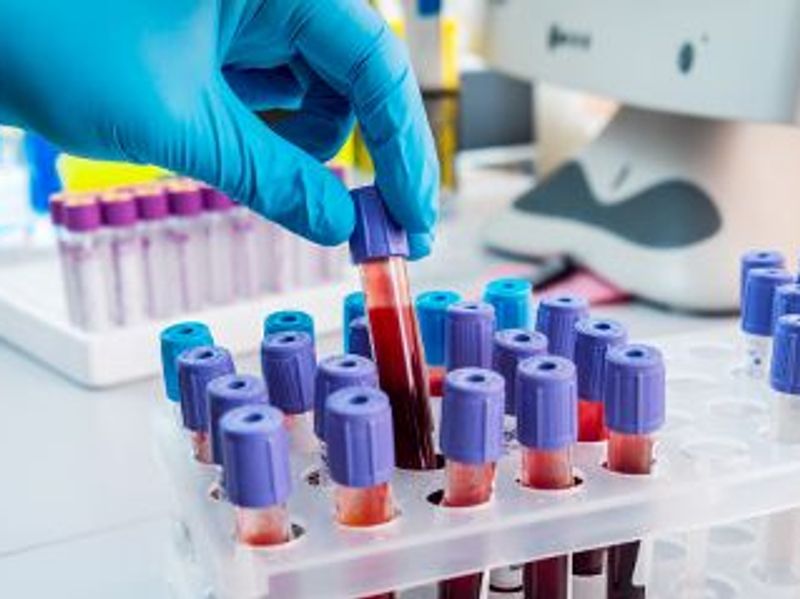FRIDAY, March 11, 2022 (HealthDay News) — Lipid profiling can predict the risk for type 2 diabetes (T2D) and cardiovascular disease (CVD) years before disease incidence, according to a study published online March 3 in PLOS Biology.
Chris Lauber, Ph.D., from Lipotype GmbH in Dresden, Germany, and colleagues assessed future T2D and CVD risk for 4,067 participants from a population-based cohort. Several risk scores for T2D and CVD incidence during up to 23 years of follow-up were computed by training machine learning models on the measurements obtained at baseline, when individuals were healthy.
The researchers found that a lipidomics risk score based on the quantification of 184 plasma lipid concentrations resulted in increases of 168 and 84 percent in the incidence rate of T2D and CVD in the highest-risk group and a 77 and 53 percent decrease in the incidence rate in the lowest-risk group, respectively, compared with the average case rates of 13.8 and 22 percent. There was only a marginal correlation for lipidomic risk with polygenic risk. By adding standard clinical variables to the model, risk stratification was further improved, resulting in a case rate of 51 and 53.3 percent for T2D and CVD, respectively, in the highest-risk group. Significantly altered lipidome compositions affecting 167 and 157 lipid species were seen in the highest-risk group for T2D and CVD, respectively.
“The lipidomic risk, which is derived from only one single mass-spectrometric measurement that is cheap and fast, could extend traditional risk assessment based on clinical assay,” Lauber said in a statement.
Several authors disclosed financial ties to Lipotype GmbH.
Copyright © 2021 HealthDay. All rights reserved.


